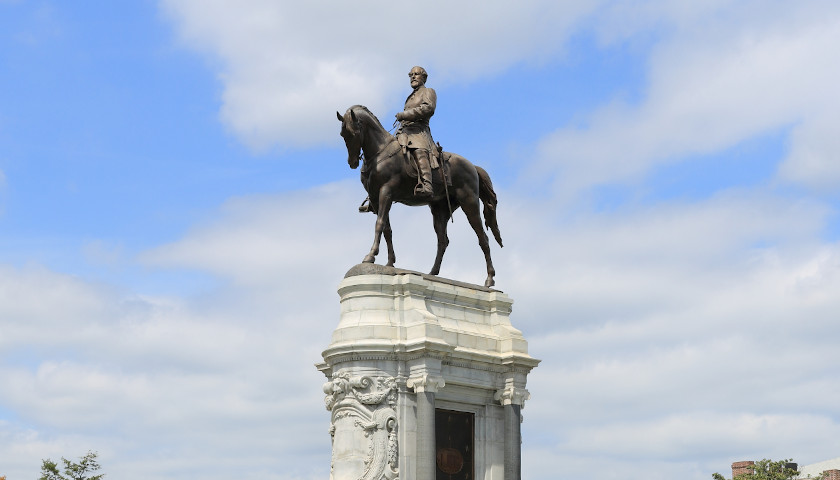A Richmond Circuit Court judge ruled in favor of the Commonwealth and Governor Ralph Northam on Tuesday, allowing for the removal of the controversial Robert E. Lee statue on Richmond’s historic Monument Avenue.
In his decision, Judge W. Reilly Marchant lifted the temporary injunction, ordered by a separate judge back in August, which barred Nortam from taking action, but said the statue could not be removed until a proper appeal process has taken place.
“The Lee monument was built to celebrate the Confederacy and uphold white supremacy,” Northam said in a release on the verdict. “This victory moves Virginia forward in removing this relic of the past—one that was erected for all the wrong reasons.”
Virginia Attorney General Mark Herring celebrated the ruling in a news release published online.
“The Lee statue does not represent who we have become as Virginians and it sends the wrong message to the rest of the world that we continue to venerate an individual who fought to maintain the enslavement of human beings,” Herring said. “This decision puts Virginia one step closer on the path to finally bringing this divisive symbol down and I remain as dedicated as ever to ensuring that it is removed once and for all.”
The defendants argued that Northam had legal authority to remove the monument, while the plaintiffs argued the statue, pedestal and the land it sits on are protected under restrictive covenants set forth in 1870 and 1890 deeds transferring the statue to the state.
In Marchant’s analysis of the case arguments, he said the ruling hinged on the fact that it was no longer public policy in the Commonwealth to hold the Confederacy in reverence, which meant those restrictive covenants are no longer enforceable because they violate current public policy.
Marchant said the statue contradicts contemporary societal values through testimony from two Civil War historians, who said the monument was erected to vindicate the beliefs of southern Whites at the time and to honor the Confederacy, and because of language within the General Assembly’s biennial budget calling for the state to remove and store the statue.
The plaintiffs tried to argue that the budget bills were special legislation, unconstitutional and should not be considered in the case, but Marchant disagreed.
Despite the ruling, Patrick McSweeney, the plaintiffs’ attorney, told The Virginia Star that his “clients have authorized an appeal” to the Virginia Supreme Court.
This lawsuit and the entire situation involving Richmond’s Confederate monuments began during the summer after George Floyd was murdered in police custody.
On the following weekend, protests erupted in Richmond over police brutality and racial inequity, and much of the demonstrators’ anger was directed toward the various statues.
Northam ordered the Lee statue be removed in June, but a local resident filed suit to block that action and then a circuit court judge – who eventually had to rescue himself because he lived nearby the statue creating a potential conflict of interest – imposed an injunction to prevent any work being done by the state.
This resulted in protestors vandalizing and pulling down several statues around the city, leading to Richmond Mayor Levar Stoney calling the monuments a public health risk and ordering the removal of Confederate statues on city property.
Now, the heavily-graffitied Lee statue is one of the few remaining Confederate monuments in the city of Richmond, the former capital of the Confederacy.
– – –
Jacob Taylor is a reporter at The Virginia Star and the Star News Digital Network. Follow Jacob on Twitter. Email tips to [email protected].
Photo “Robert E. Lee Statue” by Martin Falbisoner. CC BY-SA 3.0.




